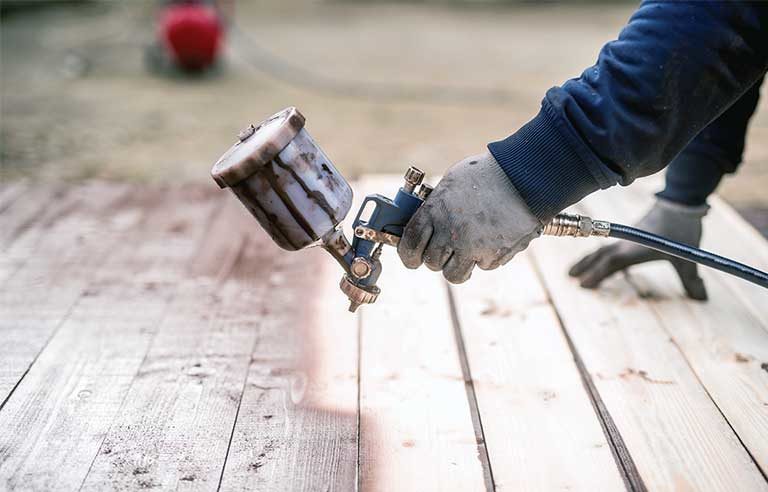Protect your skin

Do you work with wet cement, paints or plaster? Maybe adhesives? These are just some of the materials that can irritate your skin because they can contain harsh substances such as hexavalent chromium, calcium hydroxide, toluene, xylene, epoxy resins and lime. This can result in burns, dermatitis and other skin disorders, and even cancer.
Symptoms of skin disorders include:
- Red and/or swollen hands or fingers
- Cracked or itchy skin
- Crusting or thickening of the skin
- Blisters
- Flaky or scaly skin
- Burns
Here’s how you can protect your skin:
Prevent exposure. Try to keep your arms and clothes dry. Wear protective clothing, including gloves, coveralls and boots. If you work outdoors, always apply sunscreen with a sun protection factor of 30 or higher. Clean your hands and skin before applying the sunscreen.
Wear gloves. Make sure you’re using the right glove for the materials you’re handling. The gloves should fit and keep your hands clean and dry.
Keep your skin clean. Wash your hands with soap and clean water if you come in contact with a hazardous substance. Use a pH neutral soap if you work with wet cement or other caustics.
Post a comment to this article
Safety+Health welcomes comments that promote respectful dialogue. Please stay on topic. Comments that contain personal attacks, profanity or abusive language – or those aggressively promoting products or services – will be removed. We reserve the right to determine which comments violate our comment policy. (Anonymous comments are welcome; merely skip the “name” field in the comment box. An email address is required but will not be included with your comment.)

